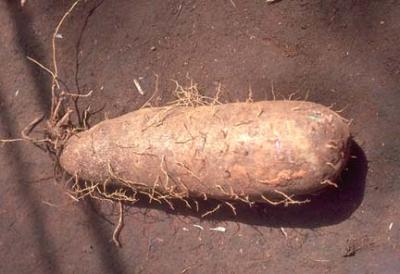Isn't it typical that just days after I profile the mango, the New York Times does the same
thing?
Foreign Policy also features an interesting slideshow of street food from various places around the world. To view all the photos click
here.
Street Eats
From Cairo to Indonesian volcanoes, the way the world eats out.
APRIL 25, 2011

Enjoying a watermelon at the bazaar in Dhahran, Saudi Arabia, 400 kilometers east of the capital, Riyadh, on May 16, 2008.
AFP/Getty Images


Even in the midst of violence in Ivory Coast, locals shopped at markets in Abidjan’s Koumassi district on April 12, 2011.
SIA KAMBOU/AFP/Getty Images


A Palestinian youth sells strawberries on Feb. 16 in Jerusalem's Old City Muslim quarter.
MENAHEM KAHANA/AFP/Getty Images


A Nepalese vendor sells food from a roadside stall in Bhaktapur, some 12 kilometers southeast of Kathmandu on Feb. 16.
PRAKASH MATHEMA/AFP/Getty Images


A fruit seller stands by his roadside shop in Mumbai on Sept. 16, 2010.
PUNIT PARANJPE/AFP/Getty Images












